Description
Teach about the Dust Bowl and the Great Depression in Texas History 7th grade in a fun and engaging way. In this activity, students will create a puppet show after reading and analyzing primary source images, a song and quotes.
The lesson begins with a preview activity analyzing a song about the Dust Bowl. Students will then read about the Great Depression and summarize the information with Doodle Notes. Next, students will visit 4 different stations to learn about the impact of the Great Depression on farmers, Mexican Americans, African Americans and women in Texas. In each station, students will analyze primary source images and read primary source quotes to learn more about the topic. When students have completed their research, they will write a puppet show and perform it to their peers. This activity should take you 3-4 days, but I have also included modifications if you need to provide quicker coverage.
This activity includes:
-A song analysis activity,
-3 pages of informational text on the Great Depression, the Dust Bowl and the New Deal,
-A Doodle Notes page,
–Resources for 4 stations on Mexican Americans, African Americans, farmers, and women in Texas. Each station includes primary source images, an image analysis handout, a page of content text, exit tickets and primary source quotes.
-Directions for the Puppet Show,
-Rubric for the Puppet Show, and
-Puppets to create.
⭐Please download the preview for images and a sample of the activity.
⭐Doodle notes is a trademarked term used with permission. Please visit doodlenotes.org for more information.
2019 TEKS for 7th Grade Texas History
(1) History. The student understands traditional historical points of reference in Texas history. The student is expected to:
(A) identify the major eras in Texas history, describe their defining characteristics, and explain the purpose of dividing the past into eras, including …Texas in the Great Depression…
7.7 History. The student understands how individuals, events, and issues shaped the history of Texas during the late 19th, 20th, and early 21st centuries. The student is expected to:
(E) analyze the political, economic, and social impact of … the Great Depression, … and significant issues in the latter half of the 20th and early 21st centuries such as political and economic controversies, immigration, and migration on the history of Texas.
(8) Geography. The student understands the location and characteristics of places and regions of Texas. The student is expected to:
(C) analyze the effects of physical and human factors such as climate, weather, landforms, irrigation, transportation, and communication on major events in Texas.
(9) Geography. The student understands the effects of the interaction between humans and the environment in Texas. The student is expected to:
(A) identify ways in which Texans have adapted to and modified the environment and explain the positive and negative consequences of the modifications; and
(B) explain ways in which geographic factors such as the … the Dust Bowl, … have affected the political, economic, and social development of Texas.
(10) Geography. The student understands the characteristics, distribution, and migration of population in Texas in the 19th, 20th, and 21st centuries. The student is expected to:
(A) identify why immigrant groups came to Texas and where they settled;
(B) describe how immigration and migration to Texas have influenced Texas;
7.20 Social studies skills. The student applies critical‐thinking skills to organize and use information acquired through established research methodologies from a variety of valid sources, including technology. The student is expected to:
(A) differentiate between, locate, and use valid primary and secondary sources such as media and news services, biographies, interviews, and artifacts to acquire information about Texas
(B) analyze information by applying absolute and relative chronology through sequencing, categorizing, identifying cause‐and‐effect relationships, comparing, contrasting, finding the main idea, summarizing, making generalizations and predictions, and drawing inferences and conclusions
(C) organize and interpret information from outlines, reports, databases, and visuals, including graphs, charts, timelines, and maps

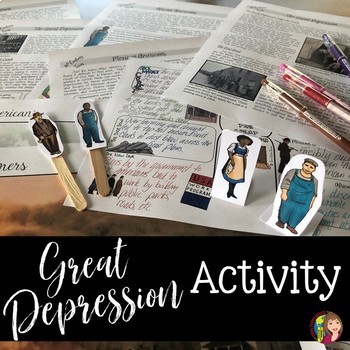
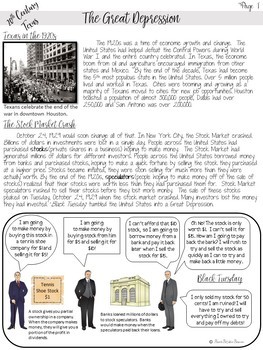
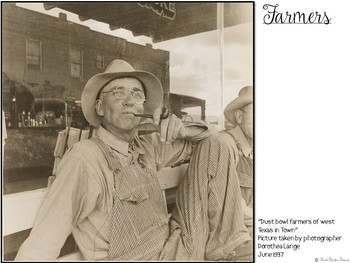
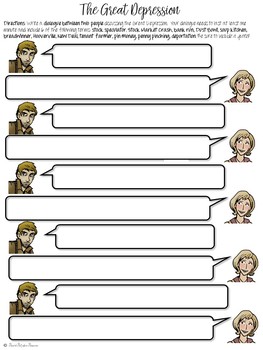

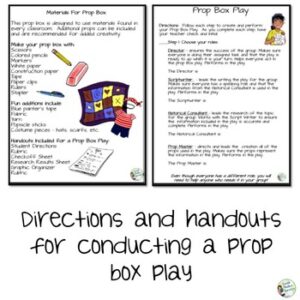
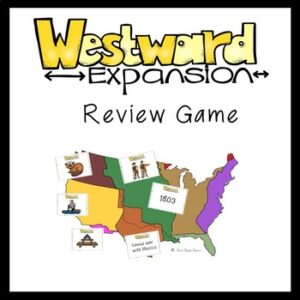
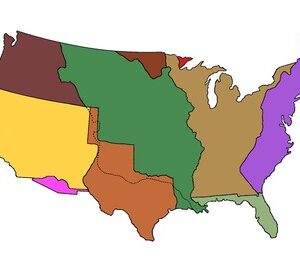

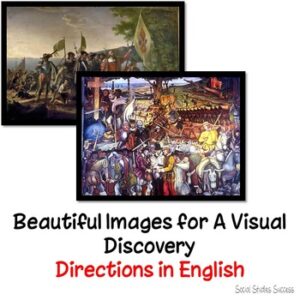

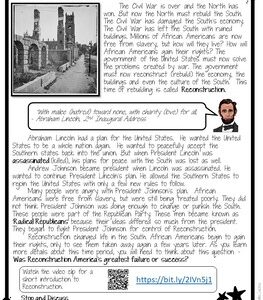
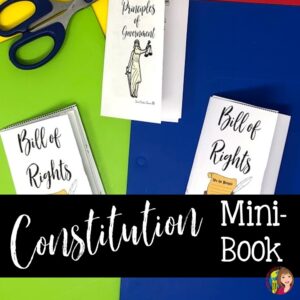

Reviews
There are no reviews yet.